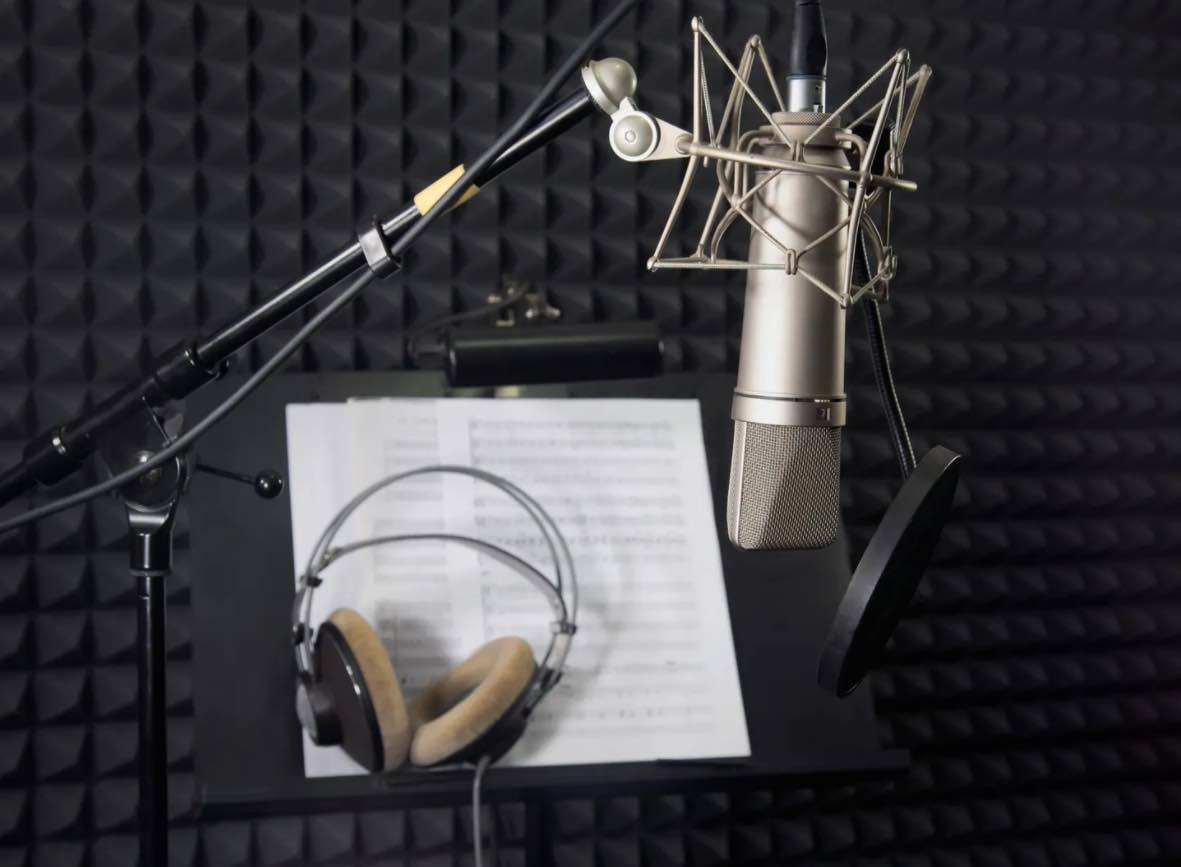Creating an audio description script
Crafting an effective audio description script is a nuanced process that involves meticulous attention to detail and a deep understanding of the visual media content being described. Begin by immersing yourself in the material, obtaining the script if available, and conducting a thorough scene analysis. Identify key visual elements, characters, settings, and actions within each scene, ensuring a comprehensive grasp of the content’s nuances.
When writing the script, strive for clarity and conciseness. Choose language that is both descriptive and efficient, capturing essential visual details without becoming overly verbose. Consider the pacing and timing of your descriptions to seamlessly integrate with the existing audio, allowing for a smooth and unobtrusive viewing experience. It’s crucial to avoid overlapping with critical dialogue or sound effects, maintaining a balance that enhances rather than disrupts the narrative flow.
Utilize vivid and evocative language to evoke mental images for the listener. Focus on conveying the emotional tone, character interactions, and any visual cues critical to the storyline. Maintaining a neutral and objective tone is paramount; refrain from injecting personal interpretations or opinions into the script.
Feedback is invaluable in refining your script. Engage with individuals who are blind or visually impaired to gather insights on the effectiveness of your descriptions. Address any potential challenges or ambiguities raised during the feedback process to ensure your script meets the diverse needs of its audience.
In essence, the art of writing an audio description script lies in balancing detail, conciseness, and timing to create a narrative that seamlessly enhances the accessibility of visual media content for individuals with visual impairments. Through careful consideration and continuous refinement, your script can contribute significantly to a more inclusive and enriching audiovisual experience.
At Gotham Lab, we are proud of our top-notch audio description services, making visual media content accessible for individuals who are visually impaired. Our comprehensive process ensures a seamless integration of descriptive narration into movies, TV shows and more. Here’s how we deliver unparalleled accessibility.
It is estimated that millions of individuals worldwide, who are blind or visually impaired, benefit from audio description services.
Here you can find a description of the workflow involved in creating a comprehensive audio description script for the visually impaired. The usage of audio description has likely increased over the years as awareness of accessibility issues grows, and as more content providers and platforms incorporate audio description into their media.
The exact number of people who use audio description can vary and is influenced by factors such as geographical location, media consumption habits, and the availability of accessible content. However, it is estimated that millions of individuals worldwide, who are blind or visually impaired, benefit from audio description services. In the United States, for example, the American Foundation for the Blind (AFB) reported in 2017 that approximately 7.6 million adults in the U.S. have a visual disability. This includes individuals who may rely on audio description to access visual media content.
The usage of audio description has likely increased over the years as awareness of accessibility issues grows, and as more content providers and platforms incorporate audio description into their offerings. Streaming services, television networks, and movie theaters have increasingly adopted audio description as part of their commitment to making content more inclusive. It’s important to note that these numbers can change over time as awareness spreads, technology advances, and efforts to make media more accessible continue.
1. In-Depth Preparation:
Our team meticulously familiarizes itself with the content, understanding key visual elements and storyline nuances. Accessing scripts, when available, allows us to align our descriptions with the original narrative structure.
2. Key Visual Element Identification:
We identify and prioritize crucial visual details, ensuring our descriptions capture the essence of characters, movements, and scene changes.
3. Precision in Timing and Pacing:
Our commitment to quality ensures that our audio descriptions are precisely timed, enhancing the viewing experience without interfering with dialogue or sound effects.
4. Crafted Descriptions:
We pride ourselves on crafting concise and vivid descriptions that convey essential visual information objectively, avoiding unnecessary verbosity.
5. Practice, Refinement, and Professionalism:
Our team practices and refines the delivery of audio descriptions, maintaining a professional and neutral tone throughout the recording process.
6. Seamless Integration with Media:
For pre-recorded content, we seamlessly integrate our narrations during post-production, ensuring a cohesive audiovisual experience.
7. Testing and Continuous Improvement:
Prioritizing user feedback, we conduct rigorous testing with individuals who are blind or visually impaired, continuously refining our descriptions for optimal effectiveness.
8. Distribution Expertise:
We ensure that the final audio descriptions are distributed alongside the original content through accessible channels, meeting the diverse needs of our audience.
9. Compliance Assurance:
At Gotham Lab, we stay informed about legal requirements and industry standards, ensuring that our audio description services are fully compliant.
Join us in creating a more inclusive media landscape. At Gotham Lab, we go beyond audio description – we pave the way for a more accessible and enriching entertainment experience for everyone.
1. Content Selection:
Identify the visual media content requiring audio description (e.g., movies, TV shows, live performances).
2. Script and Pre-Production:
Obtain the script for content analysis and conduct a pre-production meeting to define goals and style.
3. Scene Analysis:
Break down content into scenes; identify key visual elements, characters, and settings.
4. Writing Descriptions:
Craft clear, concise, and timed descriptions that seamlessly integrate with the audio.
5. Editing and Refinement:
Review and edit descriptions for clarity and coherence. Gather feedback from the visually impaired community for refinement.
6. Recording:
Use quality recording equipment and maintain a professional tone during recording.
7. Integration with Media:
Integrate descriptions into pre-recorded content during post-production. Ensure synchronization with the original audio.
8. Quality Assurance:
Test with visually impaired individuals for feedback. Make adjustments to enhance overall quality.
9. Distribution:
Distribute the final content through accessible channels and formats.
10. Documentation and Reporting:
Maintain detailed documentation and generate reports on the implementation and feedback.
11. Compliance Check:
Ensure compliance with legal requirements and industry standards.
12. Continuous Improvement:
Regularly assess and update the process based on evolving practices, technology, and user feedback.
This structured workflow ensures a systematic and efficient approach to creating and implementing audio descriptions for enhanced accessibility in visual media content.
Contact us! Speak with someone.
A few more things we’re great at
We are the one stop shop for media localization and language services

Language Translations
Need a translation? We have your back. With hand-selected translators in over 50 languages let us help you break the language barrier and get your content out there. Our translations are handled by thoroughly vetted professionals, not software or AI, and we’re proud of that.

Subtitling & Captioning
With an increase in global viewership around the world, having subtitles and captions for your video content is a necessity. Subtitling and captioning your content will help you reach the largest audience possible and enable viewers to understand your videos in any language.

Voice Over Recording
We have hundreds of professional voice talent in over 50 languages. Our in-house studio uses the highest quality microphones, hardware and software to produce broadcast ready recordings in any language. We have exclusivity agreements and audio engineers ready to get it done.
